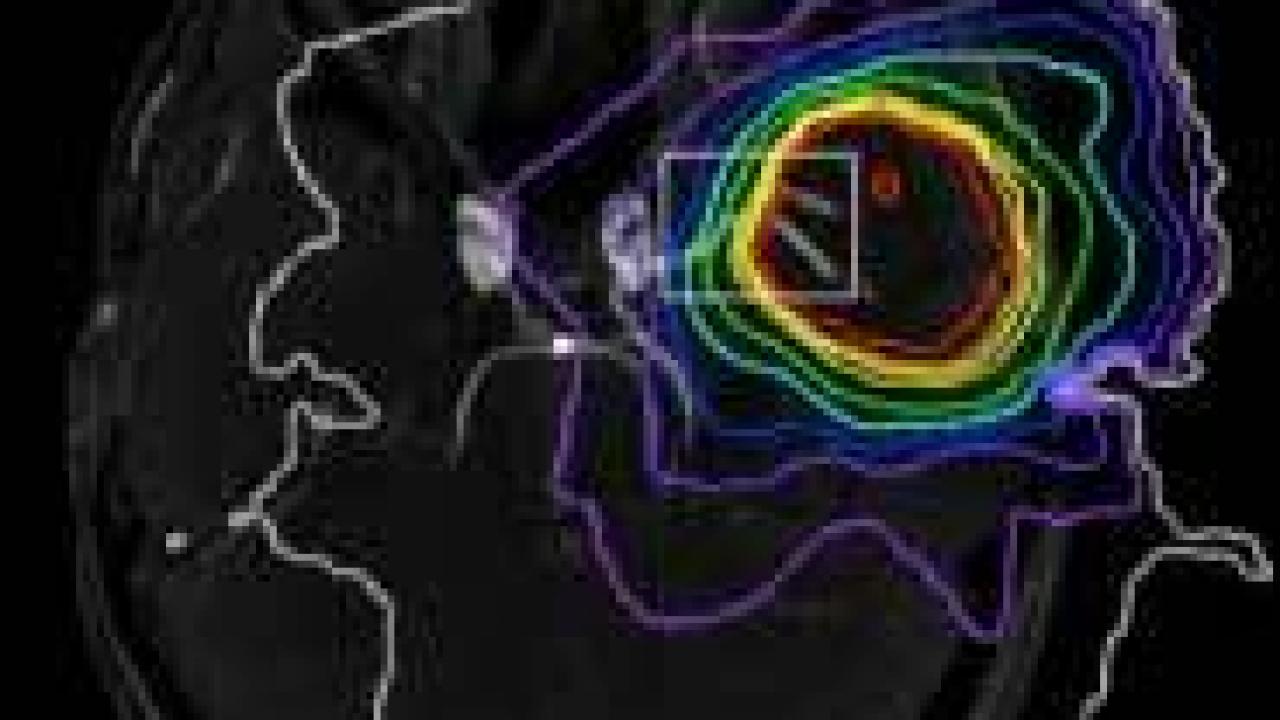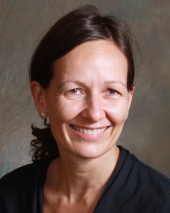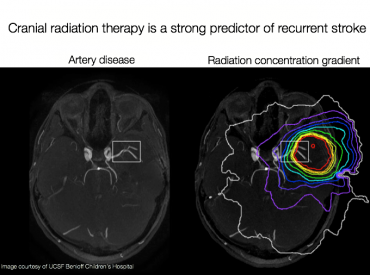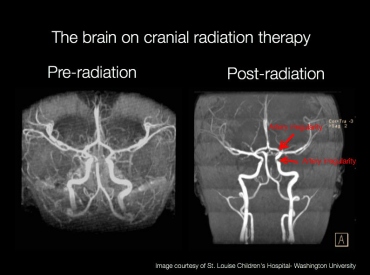
Most people assume strokes only happen to octogenarians, but recent evidence suggests that survivors of childhood cancer have a high risk of suffering a stroke at a surprisingly young age.
A new study from UC San Francisco's Pediatric Brain Center shows that childhood cancer survivors suffering one stroke have double the risk of suffering a second stroke, when compared with non-cancer stroke survivors. The study found that the main predictors of recurrent stroke were cranial radiation therapy, hypertension and older age at first stroke – factors that could help physicians identify high-risk patients.

Sabine Mueller, MD, PhD
The findings provide strong evidence for adjusting secondary stroke prevention strategies in these patients, and to aggressively detect and treat modifiable stroke risk factors, such as hypertension.
Findings appear in the Aug. 26 online issue of Neurology, the medical journal of the American Academy of Neurology.
“We are at a point where more children are surviving cancer because of life-saving interventions,” said Sabine Mueller, MD, PhD, director of the UCSF Pediatric Brain Tumor Center in UCSF Benioff Children’s Hospital San Francisco and co-author of the study.
“Now, we are facing long-term problems associated with these interventions.”
Effects of Cranial Radiation Therapy
The Pediatric Brain Center (PBC) is a collaboration between two UCSF centers – the Pediatric Brain Tumor Center and Pediatric Stroke and Cerebrovascular Disease Center – that brings specialists together to provide coordinated care for patients, while conducting research to better understand how to care for children.

An image of a diseased artery in a childhood cancer patient overlaid with their radiation therapy concentrations. While the exact mechanisms are unknown, scientists think that high doses of radiation cause the blood vessels to constrict.

An image of the brain’s blood vessels of a childhood cancer patient before and after cranial radiation therapy. Post-radiation, two arteries show signs of narrowing, which may encourage brain clots to form and eventually cause a stroke.
The researchers analyzed retrospective data from the Childhood Cancer Survivor Study (CCSS), which has followed 14,358 survivors diagnosed between 1970 and 1986 in the United States and Canada to track long-term outcomes of cancer treatment. All of the recruits were diagnosed with cancer before age 21. To assess stroke recurrence rates, the researchers sent a second survey to participants who had reported a first stroke, asking them to confirm their first stroke and report if and when they had had another. The researchers analyzed the respondent demographics and cancer treatments to identify any potential predictors of recurrent strokes.
Of the 271 respondents who reported having had a stroke, 70 also reported a second one. Overall, the rate of recurrence within the first 10 years after an initial stroke was 21 percent, which is double the rate of the general population of stroke survivors. The rate was even higher – 33 percent – for patients who had received cranial radiation therapy.
Previous research has shown that radiation therapy targeting the head is a strong predictor of a first stroke. In an earlier study, the authors found that children treated for brain tumors were 30 times more likely to suffer a stroke compared to their siblings. While the exact mechanisms are unclear, the scientists think high-dose radiation causes the blood vessels to constrict and encourage blockage.
“If they have one stroke, it’s not actually surprising that they have a high risk of getting another stroke,” said Heather Fullerton, MD, professor of Neurology, founder of the UCSF Pediatric Stroke and Cerebrovascular Disease Center, and first author of the study. “You might use aspirin after the first stroke to try to reduce blood clots, but you’re not making those diseased blood vessels go away.”
UCSF Updating Patient Monitoring Protocols
The findings have significant implications for medical follow-up in childhood cancer patients. The authors said that current survivor screening guidelines do not recommend checking for diseased blood vessels, even though the signs are visible in standard MRIs.